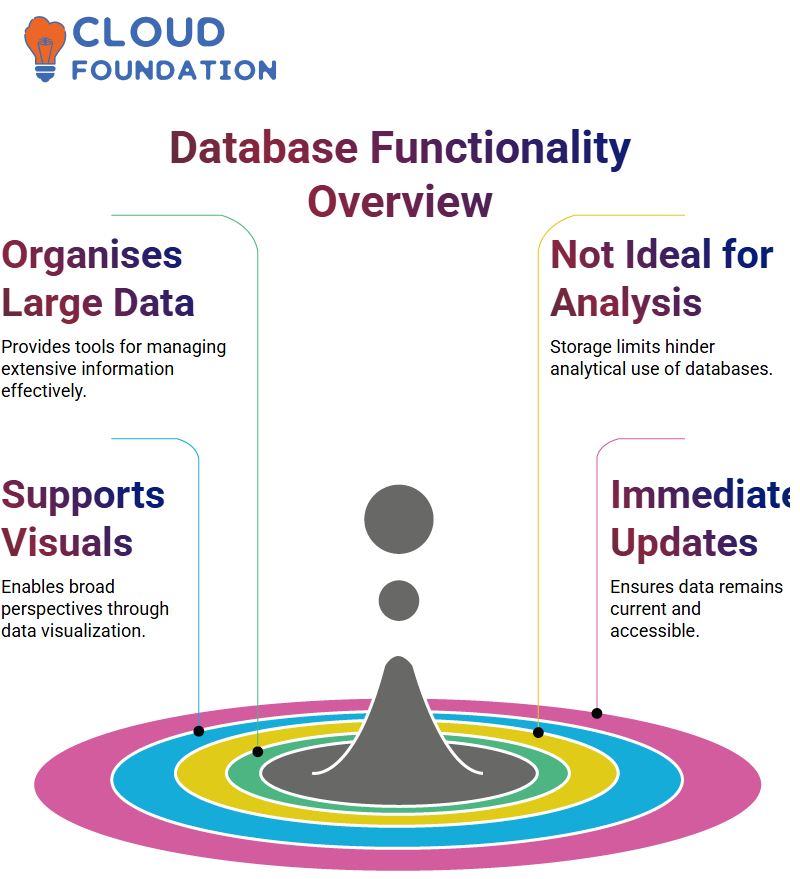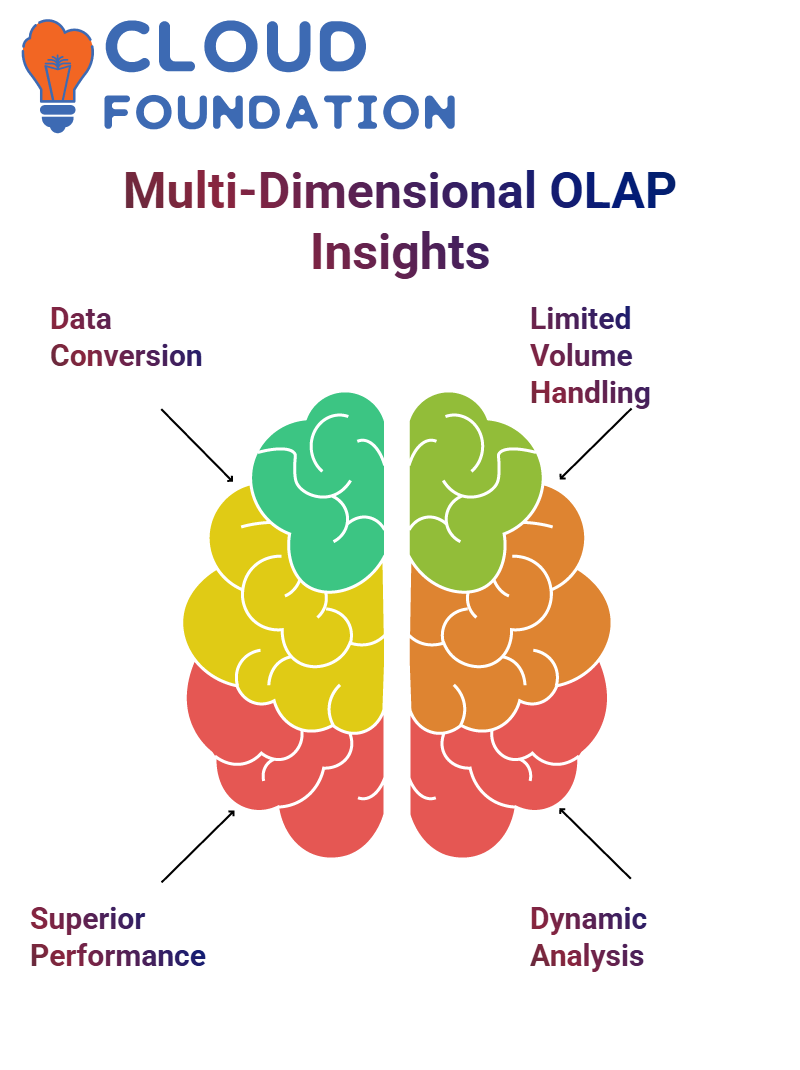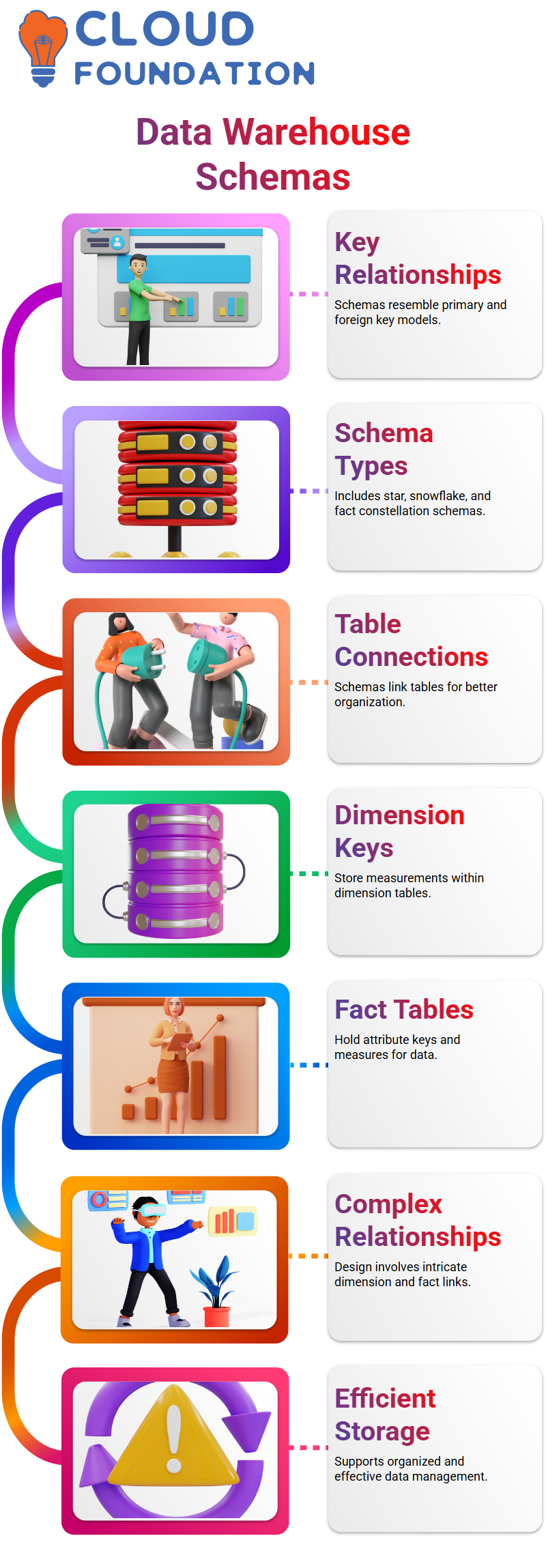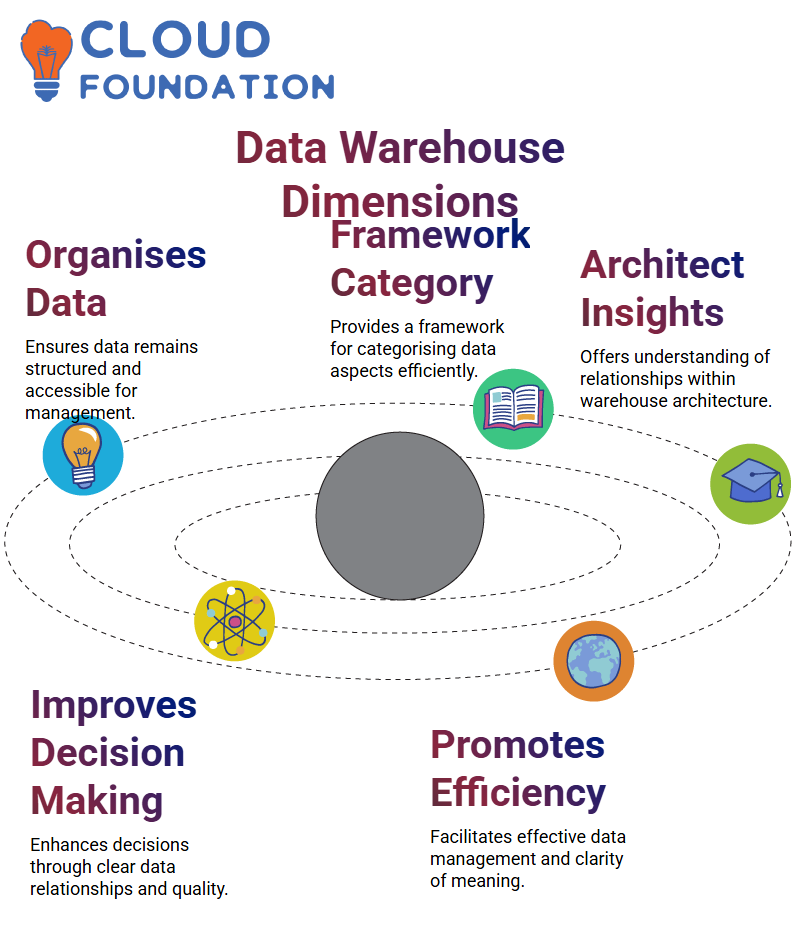Data Warehouse Tutorial
What is a Data warehouse?
Data warehouse storage facilities provide a central repository of large amounts of information. As they serve as relational databases designed for analytical use, all users with any technical skill level or experience can gain access to its contents.
Data warehouses are designed to efficiently store large amounts of information. They may use databases or even be flat files.
Data warehousing offers many advantages to organisations looking to streamline their data management processes, with easy access to information from multiple sources.
It makes for an ideal way of streamlining operations management processes while streamlining data management operations.
Data warehousing can provide organizations with a viable solution to the challenges associated with managing large volumes of information.
By employing effective strategies for data warehousing, organisations can improve efficiency while decreasing costs and increasing performance.
Concept of a Data Warehouse
Data warehouses are essential tools for conducting analysis and extracting insights from data. Their operation relies on online analytical processing (OLAP), an acronym standing for online analytical processing.
OLAP stands for Online Analytical Processing and is the process of analysing or running queries on a data warehouse.
This may involve activities or processing on that database such as performing queries or operations on it.

Data warehouses serve as central repositories that centralize data from multiple sources and make it available across platforms for users access from different places.
Our data warehouse is designed to be user-friendly and straightforward for easy navigation, making it the ideal tool for businesses seeking to streamline operations and increase efficiencies.
Users can easily access and analyze data from multiple sources by connecting various databases, making sure they remain informed on current trends and information.
An Online Analytical Processing system (OLAP) serves as a central repository of aggregated data from multiple locations. Users can then access this data via various sources in order to make more informed decisions for their operations.
Databases
Databases like Excel and Oracle MySQL provide essential ways of organizing large amounts of information.
But due to storage limitations, they cannot be utilized for analytical purposes; so to address this limitation it may be necessary to convert information within databases into data warehouses for analytical use.
Information contained within a database can be utilized for analysis, visualisation and other uses. Furthermore, data that enters into a data warehouse can be seen through different lenses than just “data,” giving way to greater comprehension of its meaning and application.

Visualisation is another benefit of database use that users will appreciate, enabling them to see data being written or read across various locations – giving users a broad-view perspective that allows for deeper comprehension of its relationships to other sources of data.
Once a transaction takes place, its database or table is updated immediately so that all relevant data remains stored there and accessible to users.
Data warehousing
Data warehouse management involves organizing and storing information so as to facilitate quick retrieval from storage devices.
Data warehousing involves organizing and storing information to allow efficient retrieval at an insightful rate. This process typically entails several stages: collection, processing, storage, analysis and retrieval.
Data collection involves collecting raw information that will then be stored in a Data Warehouse and processed/analyzed in order to gain insights into data organization and storage practices.
Data warehouse architecture plays an essential role in this process, as it ensures efficient data organization and storage.
Data warehouse architecture involves various stages, from data collection and processing through storage and analysis. Each stage ensures data is organized for efficient retrieval.
Architecture also comprises a data warehouse management system to protect and store information effectively and safely.
A data warehouse management system ensures data is safely and efficiently stored for user access and analysis, increasing overall warehouse effectiveness.
Online analytical processing(OLAP) in a Data warehouse
OLAP (Online Analytical Processing) is an indispensable tool for organizing data in various forms, from two-dimensional tables and OLAP cubes, to data warehouses.
By storing their information within these cubes, users are able to easily access and manipulate it in multiple ways for maximum organization and accessibility of their data.

OLAP stores data in various forms, such as two-dimensional tables, OLAP cubes and data warehouses.
By storing it this way, users are able to easily access and manipulate their information while keeping their files organized and easily accessible.
Multi-dimensional OLAP (MOLAP)
Multidimensional Online Analytical Processing (MOLAP) is the process of converting multi-dimensional data to relational databases for easier data processing and storage. By doing this, large volumes of information can be processed more effectively.
Multidimensional Online Analytical Processing (MOLA) stores data in an elaborate multidimensional database and permits handling limited volumes at once.
MOLAP (Multidimensional Online Analytical Processing System) is an online analytical processing (OLAP) technique which operates by processing data directly into multidimensional databases for storage and calculation, thus offering superior performance while complex calculations. However, its limited ability can only handle limited volumes of information at one time.

There are two primary forms of Online Logic Applications (OLAP), including MOLAP and HOLAP. MOLAP performs dynamic data analysis while HOLAP utilizes relational models.
Both types possess distinct advantages and disadvantages compared to one another – MOLAP being better in terms of both performance and handling more data efficiently.
MOLAP stands out by storing data efficiently within a relational database compared to multidimensional storage methods, making it the go-to option for anyone needing to manage vast amounts of information efficiently.
Roll-up Operation in Data warehouse
Rollup operations involve changing one dimension into another by altering its attributes and shifting dimensions accordingly.
To perform such an operation successfully, two steps need to take place simultaneously: (a) Change existing set of attributes by moving or adding in new attributes from within one dimension into another one and (b) Convert one dimension into another dimension with new set of attributes by switching two of their sets with existing dimensions in a rollup operation (rolling up operation).
Rollup operations enable data to be collected across dimensions; from cities to countries and vice versa.
This process entails aggregating each city’s attributes and translating them to countries, with results being compared against total sales numbers from that dimension.
Schemas in a Data warehouse
Schemas in a data warehouse are comparable to primary key and foreign key models in an ordinary database system.
Data warehouses typically make use of the relationship model instead of entity models, with three schemas representing it: star schema, snowflake schema and fact constellation schema.

Schemas are tables used to establish relationships among tables. Each dimension table will include its own fact table which holds two forms of data – an attribute key and measure.
Dimension key and measure combinations store data in fact tables; similarly, dimension key-measure combinations hold their records within dimension tables.
An aspect of data warehouse design involves more complex relationships between dimensions and facts; dimension keys store their measurements within dimension tables while measures can store additional facts within their respective dimension tables.
Dimensions
Dimensions are essential components for managing data in a data warehouse, providing an organization framework in which to categorise different aspects of it and manage analysis efficiently.
They allow data to remain organized while remaining easily accessible for management and analysis tasks.

Attributes and dimensions play a pivotal role in data warehouse architecture. Attributes provide vital insight into relationships among data, attributes, and overall structure within a data warehouse.
Dimensions provide a more clear understanding of data sources, their relationships and possible decisions for improved decision-making and data quality.
Effective data models facilitate organisation and categorization, provide clarity of meaning, and promote efficient data management.
Snowflake and Galaxy Schemas in Data Warehouses
Snowflake schema contains one fact table while Galaxy schema (sometimes known as fact constellation ) may contain multiple fact tables.
In theory, its concept involves several dimension tables which contain more than one fact table each.

Example of Snowflake Schema with One Fact Table and Varies by Damage/Dimension Table. Galaxy Schema features two fact tables; one for each dimension table as well as the product dimension table.
Snowflake and Galaxy schemas are two forms of multidimensional schemas which contain more than one dimension table.
While Snowflake schema features only a single snowflake with one fact table, Galaxy schema has multiple dimension tables as well as additional dimension tables.
Key and measure in Data Warehouses
Data analysis and visualisation necessitate having all dimensions stored within one data warehouse for ease of query processing such as sorting, analysing or drilling down on any subject matter.
A key and measure are essential in data visualisation. They allow researchers to access any desired query quickly by having all dimensions accessible at all times within this warehouse environment.
For dimensions to be accurately measured, each must contain its own fact that can help calculate data within it.
Key and measure are two fundamental tools of data analysis and visualisation, providing dimensions needed for various queries and analyses.
Conclusion
Data warehouses provide businesses with an effective means to efficiently organize, analyse, and retrieve large volumes of information.
By consolidating it into one centralised repository, warehouses enable organizations to gain insights that lead to informed decision-making and gain competitive edge.
Integrating tools like Online Analytical Processing (OLAP) and Multidimensional Online Analytic Processing (MOLAP) ensures efficient processing and manipulation of complex datasets, streamlining both management and reporting processes.
Utilizing various schemas – star, snowflake and galaxy schemas in particular – further facilitates data organization and accessibility, helping decision-making processes.
Data warehousing allows organizations to efficiently store and analyze large volumes of information to increase efficiency, lower costs and enhance performance in today’s data-rich environment.

Navya Chandrika
Author



